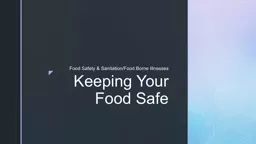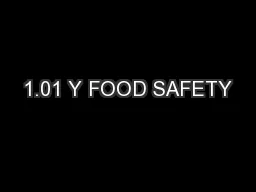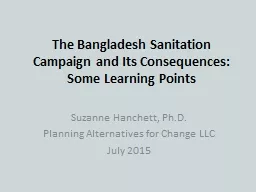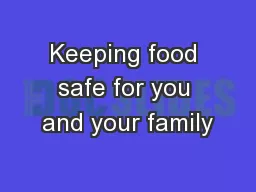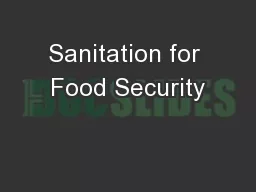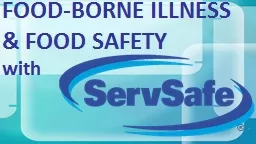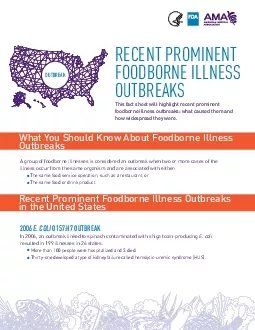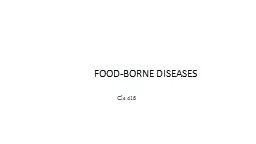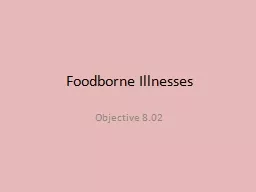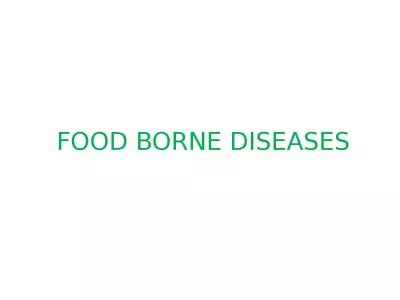PPT-Keeping Your Food Safe Food Safety & Sanitation/Food Borne Illnesses
Author : kinohear | Published Date : 2020-10-22
Why it matters 76 million food borne illnesses are reported each year 300000 people are hospitalized each year 5000 people die each year You pay money to buy food
Presentation Embed Code
Download Presentation
Download Presentation The PPT/PDF document "Keeping Your Food Safe Food Safety &..." is the property of its rightful owner. Permission is granted to download and print the materials on this website for personal, non-commercial use only, and to display it on your personal computer provided you do not modify the materials and that you retain all copyright notices contained in the materials. By downloading content from our website, you accept the terms of this agreement.
Keeping Your Food Safe Food Safety & Sanitation/Food Borne Illnesses: Transcript
Download Rules Of Document
"Keeping Your Food Safe Food Safety & Sanitation/Food Borne Illnesses"The content belongs to its owner. You may download and print it for personal use, without modification, and keep all copyright notices. By downloading, you agree to these terms.
Related Documents

